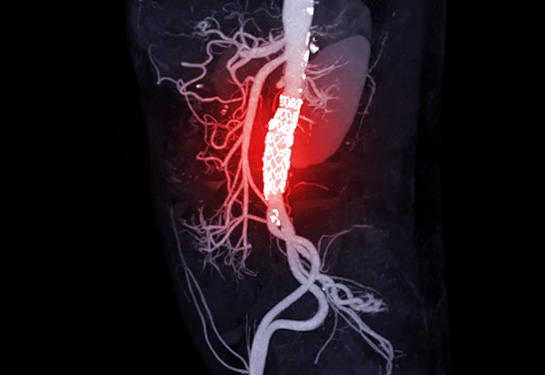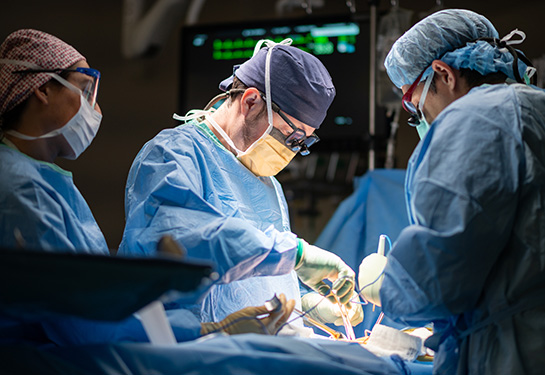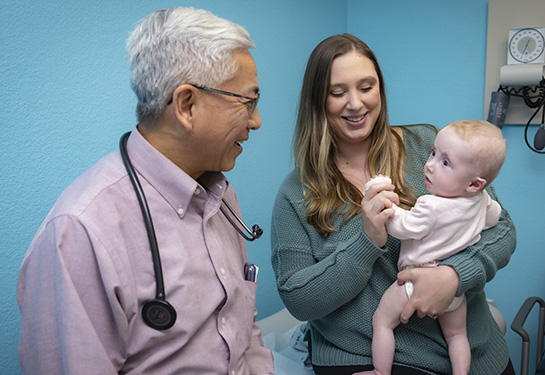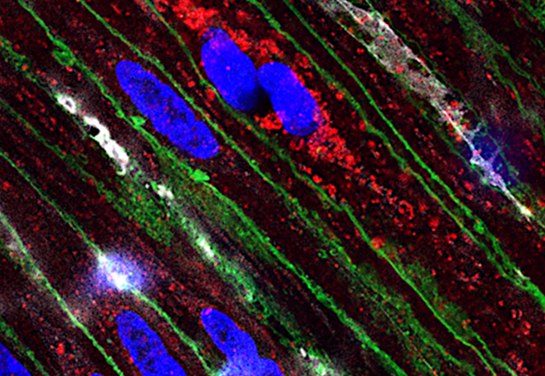How a new abdominal aortic aneurysm surveillance program saves patients’ lives
Like many people, the last thing Tim Stottlemyer wanted to do was go to the doctor after a head-on collision.
Within months of his accident, Stottlemyer began experiencing severe stomach cramps. He went to see his doctor, and an ultrasound identified a small abdominal aortic aneurysm.
After his appointment, Stottlemyer returned to his busy, everyday life.
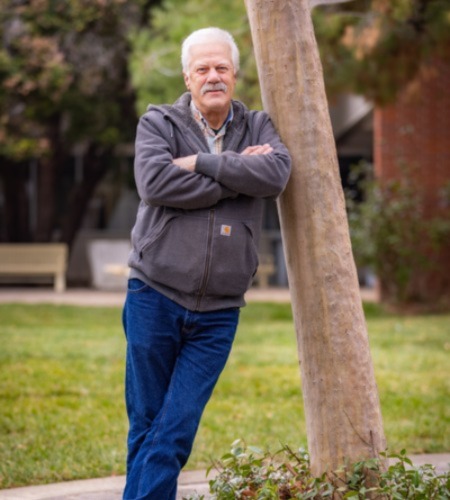
Aneurysms discovered prior to rupture need to be measured, closely monitored and evaluated for treatment. Small aneurysms can often be left untreated but must be checked periodically for growth.
“Unfortunately, I did not stay on top of monitoring my aneurysm,” Stottlemyer said. “Life gets busy, and you keep thinking that you will make an appointment soon to get checked, but it just falls through the cracks.”
Then, Stottlemyer received a call from a UC Davis Health nurse navigator. She was calling because a new abdominal aortic aneurysm surveillance program identified him as a patient who needed follow-up surveillance for his aneurysm.
At his follow-up appointment, it was discovered that Stottlemyer’s aneurysm had grown, and he required surgery to treat it before it ruptured.
Open aneurysm repair
Stottlemyer was quickly scheduled for surgery at UC Davis Medical Center. He underwent an abdominal aortic aneurysm open repair, the surgical standard for such cases. A large incision was made in the abdomen to repair the aneurysm. A graft was sewn to the aorta, connecting the healthy aorta at each end of the aneurysm to replace the diseased segment.
“We were fortunate to identify Tim's need for surgery before his aneurysm ruptured,” explained Mimmie Kwong, M.D., the vascular surgeon who performed his procedure. “About 50% of patients who experience an aneurysm rupture never even make it to the hospital.”
Three days after his surgery, Stottlemyer began walking around the hospital and was soon discharged home.
“Efforts like our new surveillance program are saving lives,” Kwong added. “Being able to catch patients like Tim, who had aneurysms that were detected and who were not receiving follow-up care for whatever reason, allows us to treat their aneurysms when they are smaller and before they have ruptured. This makes their procedures much less complex and minimizes their risk of death."
Innovative surveillance program
In collaboration with AI software company Illuminate, UC Davis Health began its centralized abdominal aortic aneurysm surveillance program in June 2022. The program identifies at-risk abdominal aortic aneurysm (AAA) patients who may have been ‘lost-to-follow-up’ because they missed care during the pandemic or other factors.
“One of our goals is to alleviate the burden of aortic surveillance from primary care physicians,” explained Meredith Hickerson, lead clinical nurse navigator for the surveillance program. “We send reminders to providers when patients are due for imaging. This process serves as a safety net for patients and providers to ensure timely lifelong aortic surveillance.”
In its first eight months, the program has identified over 11,600 patients with some mention of AAA who could benefit from monitoring. Over 10,600 patients were reviewed, and 950 patients who were lost to care are now under active surveillance and management by nurse navigators.
Of those, 96 patients visited UC Davis Health, which resulted in 151 diagnostic imaging studies, one diagnostic angiogram, and 13 life-saving AAA surgical procedures.
“Leveraging the Illuminate software, our nurse navigators have been able to efficiently review patients with aortic aneurysms and identify patients overdue for follow up,” added Hickerson. “This program greatly illustrates the high quality of care delivered at UC Davis Health, as we have invested in technology and services that provide follow up and thus been able to save lives.”
Thankful and recovered
Stottlemyer celebrated the new year by returning to work just three months after his surgery.
“I am just so thankful for the care I received and to be where I am now,” Stottlemyer said. “When you get the call, you don't know what to expect – lots of worry goes through your head when you hear aneurysm. Knowing I was being monitored for follow-up care provided me so much comfort and has helped me build trust with my providers.”

